WE REMEMBER: 29 years since the crime in Štrpci
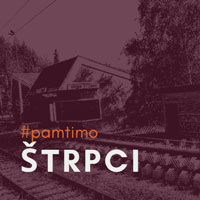
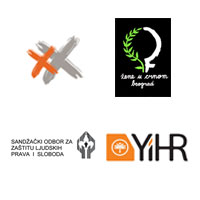 On Sunday, February 27, 2022, it will be 29 years since the crime in Štrpci (Bosnia and Herzegovina), in which members of the Army of the Republic of Srpska (VRS) kidnapped and killed 20 non-Serb civilians, passengers on a train travelling from Belgrade to Bar. The Humanitarian Law Center (HLC), Women in Black, Sandžak Committee for the Protection of Human Rights and Freedoms and Youth Initiative for Human Rights recall the public’s attention to the fact that victims’ families have been waiting for judicial justice in Serbia, and the recognition of their status as family members of civilian victims of war, for 29 years now. For 29 years the public has been waiting for the recognition, accountability and memorialisation of victims by the institutions of Serbia.
On Sunday, February 27, 2022, it will be 29 years since the crime in Štrpci (Bosnia and Herzegovina), in which members of the Army of the Republic of Srpska (VRS) kidnapped and killed 20 non-Serb civilians, passengers on a train travelling from Belgrade to Bar. The Humanitarian Law Center (HLC), Women in Black, Sandžak Committee for the Protection of Human Rights and Freedoms and Youth Initiative for Human Rights recall the public’s attention to the fact that victims’ families have been waiting for judicial justice in Serbia, and the recognition of their status as family members of civilian victims of war, for 29 years now. For 29 years the public has been waiting for the recognition, accountability and memorialisation of victims by the institutions of Serbia.
The victims of this crime are: Esad Kapetanović, Ilijaz Ličina, Fehim Bakija, Šećo Softić, Rifat Husović, Halil Zupčević, Senad Đečević, Jusuf Rastoder, Ismet Babačić, Tomo Buzov, Adem Alomerović, Muhedin Hanić, Safet Preljević, Džafer Topuzović, Rasim Ćorić, Fikret Memović, Fevzija Zeković, Nijazim Kajević, Zvjezdan Zuličić and one unidentified person. The victims were from both Serbia and Montenegro, from Belgrade, Prijepolje, Bijelo Polje and Podgorica. The oldest victim was 59 and the youngest 16.






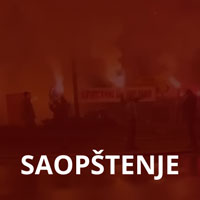
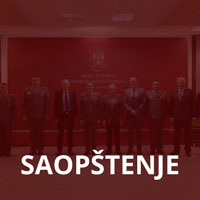
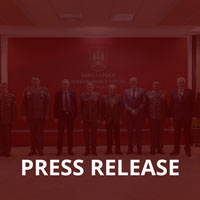 On the occasion honouring the retired General Vinko Pandurević with a commemorative military medal presented by the Chief of the General Staff of the Serbian Army, General Milan Mojsilović, the Humanitarian Law Center (HLC) wishes to remind the public that Pandurević was convicted before the International Criminal Tribunal for the former Yugoslavia (ICTY) for crimes against humanity and war crimes committed in July 1995 in Srebrenica, including killings, persecution and forced displacement. This decoration of Pandurević is just one of several examples of the already established practice of glorification of those convicted for war crimes, which is consistently being carried out by the state institutions of Serbia.
On the occasion honouring the retired General Vinko Pandurević with a commemorative military medal presented by the Chief of the General Staff of the Serbian Army, General Milan Mojsilović, the Humanitarian Law Center (HLC) wishes to remind the public that Pandurević was convicted before the International Criminal Tribunal for the former Yugoslavia (ICTY) for crimes against humanity and war crimes committed in July 1995 in Srebrenica, including killings, persecution and forced displacement. This decoration of Pandurević is just one of several examples of the already established practice of glorification of those convicted for war crimes, which is consistently being carried out by the state institutions of Serbia.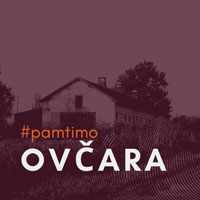
 Saturday, November 20, 2021, marks the 30th anniversary of the crime committed on the Ovčara farm near Vukovar, when members of the local Territorial Defence (TO) and Serb volunteers under the command of the Yugoslav People’s Army (JNA) killed 265 Croatian civilians and prisoners of war. On this occasion, the Humanitarian Law Center (HLC) reminds of the court-established facts about the crime in Ovčara and calls on the state institutions to pay tribute to the victims.
Saturday, November 20, 2021, marks the 30th anniversary of the crime committed on the Ovčara farm near Vukovar, when members of the local Territorial Defence (TO) and Serb volunteers under the command of the Yugoslav People’s Army (JNA) killed 265 Croatian civilians and prisoners of war. On this occasion, the Humanitarian Law Center (HLC) reminds of the court-established facts about the crime in Ovčara and calls on the state institutions to pay tribute to the victims.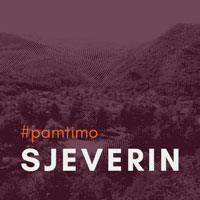
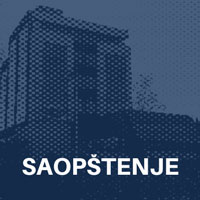
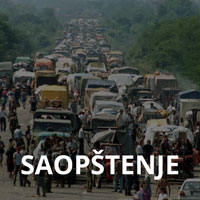
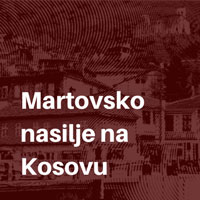
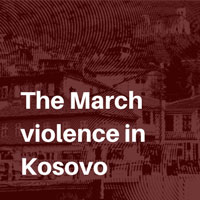 The retreat of the Serbian army and police from Kosovo in June 1999 meant liberation for Kosovo Albanians from Serbian rule and repression, and for Kosovo Serbs it meant the beginning of a new reality marked by the unwillingness and inability of UNMIK and KFOR to protect the personal safety of Serbs, Montenegrins, Bosniaks and Roma people, but also by the prevailing conviction of Kosovo politicians and the public that the priority is independence, followed by solidarity with the Serbs who stayed in Kosovo.
The retreat of the Serbian army and police from Kosovo in June 1999 meant liberation for Kosovo Albanians from Serbian rule and repression, and for Kosovo Serbs it meant the beginning of a new reality marked by the unwillingness and inability of UNMIK and KFOR to protect the personal safety of Serbs, Montenegrins, Bosniaks and Roma people, but also by the prevailing conviction of Kosovo politicians and the public that the priority is independence, followed by solidarity with the Serbs who stayed in Kosovo.
